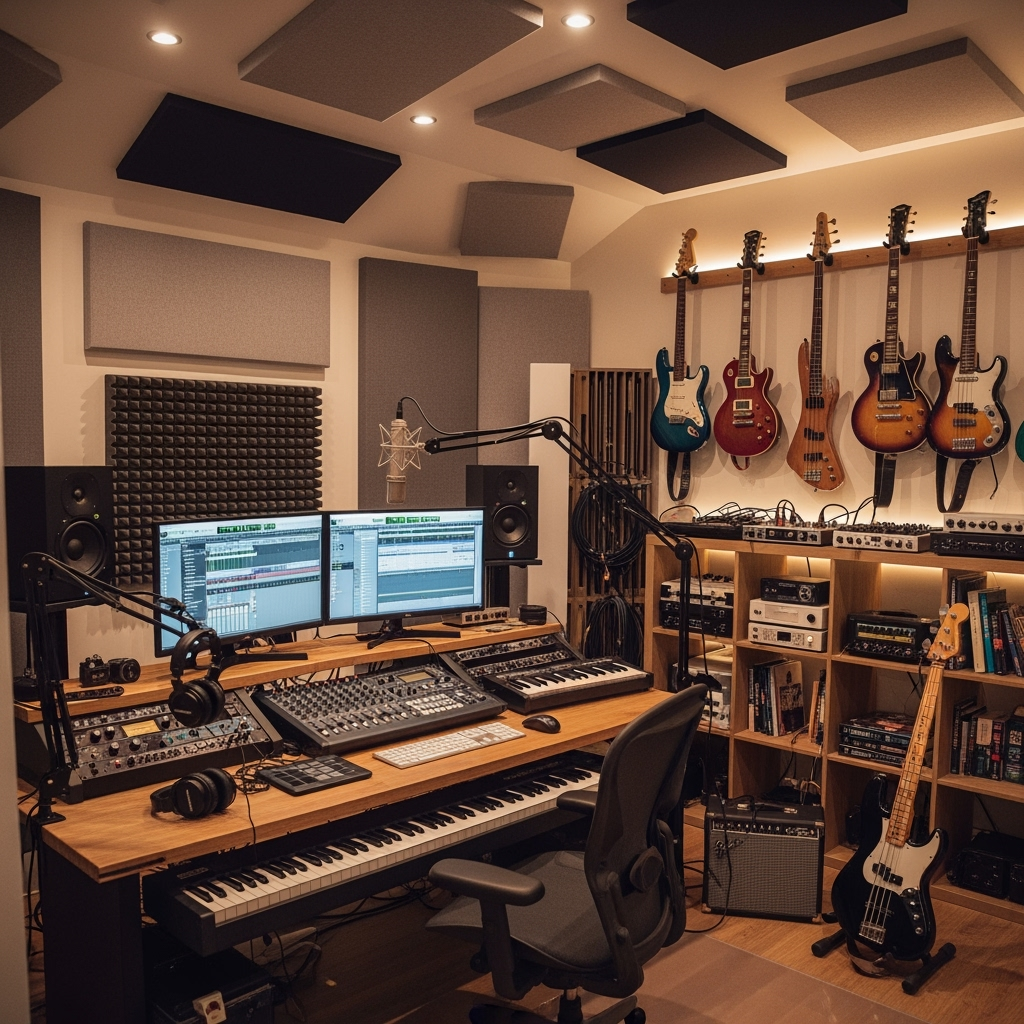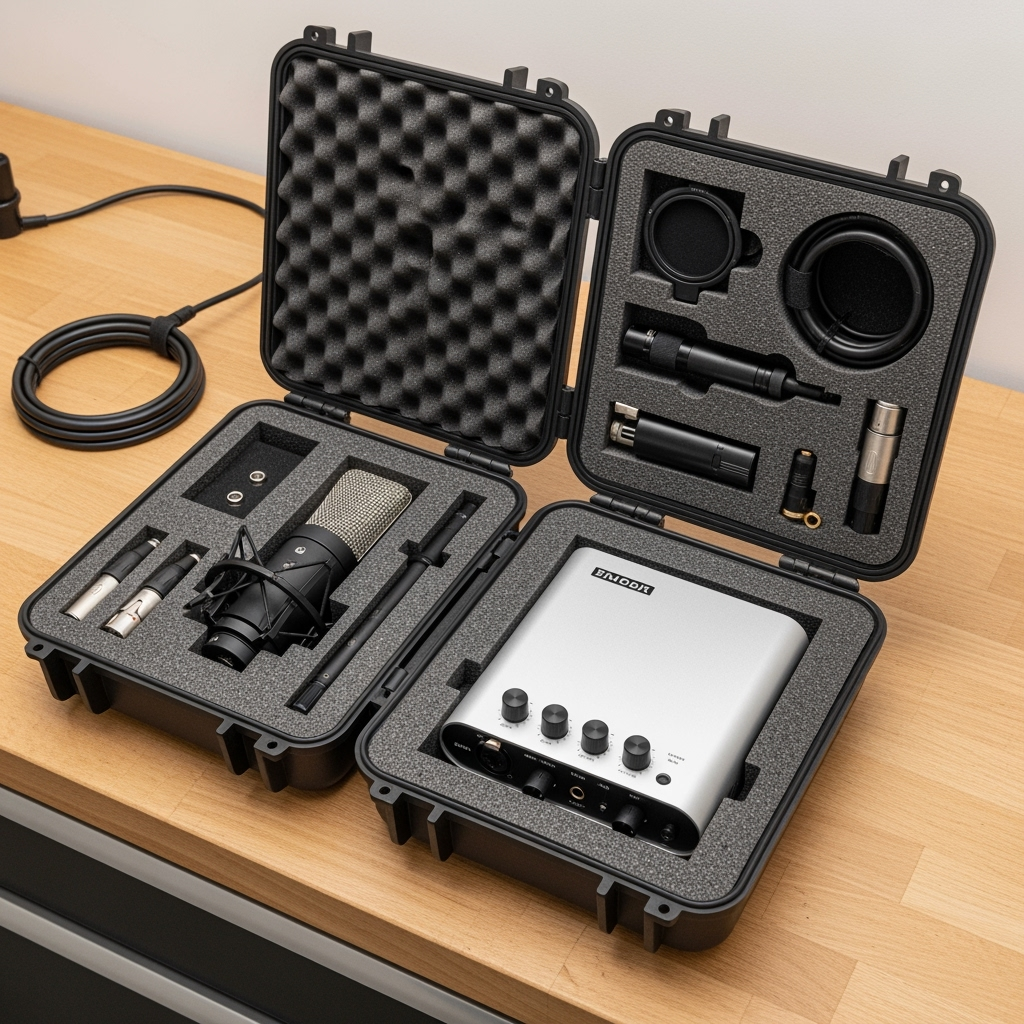Understanding the Challenges of Storing Professional Audio Equipment
For remote workers, podcasters, and voice actors, professional audio equipment represents both a significant investment and a critical tool for maintaining income. During home renovations, protecting this sensitive gear becomes paramount. This comprehensive guide will help you safeguard your audio equipment while keeping your professional workflow intact.

The Importance of Climate-Controlled Storage for Audio Equipment
Professional audio equipment is highly sensitive to environmental changes. Temperature fluctuations and humidity can damage expensive microphones, preamps, and other recording gear. A climate-controlled storage solution provides:
- Consistent temperature control between 68-72°F
- Humidity regulation between 45-50%
- Protection from dust and debris common during renovations
- Security for valuable equipment
Preparing Your Equipment for Storage

Proper preparation is crucial for protecting your audio gear during storage:
- Clean all equipment thoroughly before storage
- Use original packaging when available
- Invest in quality storage cases for microphones and interfaces
- Label all cables and connections clearly
- Document your setup for easier reassembly
Creating a Temporary Recording Setup
Maintaining professional output during renovations requires planning:
- Identify essential equipment for a minimal viable setup
- Consider portable sound treatment options
- Set up a temporary recording space away from construction
- Test your temporary setup before storing primary equipment
Storage Organization Strategies
Efficient organization ensures both protection and accessibility:
- Create an inventory system with photos and serial numbers
- Store frequently needed items near the front
- Use shelving to keep equipment off the ground
- Maintain clear pathways for easy access
- Keep related equipment grouped together
Monitoring and Maintenance During Storage
Regular monitoring helps prevent potential issues:
- Check equipment periodically for any signs of moisture
- Monitor storage unit temperature and humidity levels
- Keep silica gel packets with moisture-sensitive equipment
- Inspect cases and packaging for any damage
Insurance and Documentation Considerations
Protect your investment with proper coverage:
- Update insurance policies to cover stored equipment
- Document equipment condition before storage
- Keep detailed records of all stored items
- Maintain proof of value for expensive components
Planning Your Return to Full Operation
Prepare for a smooth transition back to your renovated space:
- Create a timeline for equipment return
- Plan your studio layout in advance
- Schedule equipment testing and setup time
- Arrange professional help if needed for complex setups
Additional Tips for Success
- Keep essential tools easily accessible
- Store user manuals with corresponding equipment
- Consider redundancy for critical components
- Maintain backup recordings of important projects
- Plan for longer-than-expected storage if renovation timelines shift
By following these guidelines, you can protect your professional audio equipment during home renovations while maintaining your ability to work. Remember that proper storage is an investment in protecting both your equipment and your business continuity.










Leave a Reply